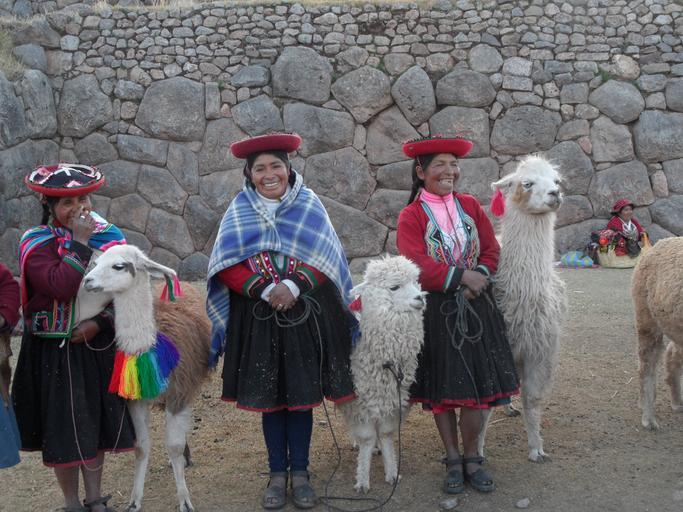MAKE A MEME
View Large Image

| View Original: | Sacsa.jpg (3264x2448) | |||
| Download: | Original | Medium | Small | Thumb |
| Courtesy of: | www.flickr.com | More Like This | ||
| Keywords: people The complex comprises 33 archaeological sites, the best known of which is the Sacsayhuaman Fortress. The building was probably used for religious purposes but, due to its location and style, the Spanish and contemporary writers assumed it was a military structure. The consensus among historians suggests that the construction of Saqsayhuaman began at the end of the 14th century and the beginning of the 15th century, under the leadership of Inca Pachactueq. In terms of how long the construction took, contemporary references indicate it took around 60 years. Saqsayhuaman would have held the most important temple in Hanan Qosqo or Upper Cuzco, dedicated to Andean cosmology, worship of the Inti (Sun), Quilla (Moon), Chaska (Stars), Illapa (Lightning) and the other divinities. The building qualifies as a cyclopean construction due to the size of its stones, some of which weigh up to 28,000 lbs. (128 metric tons). On 24 June each year, the fortress is the setting for the Inti Raymi or Festival of the Sun. The complex comprises 33 archaeological sites, the best known of which is the Sacsayhuaman Fortress. The building was probably used for religious purposes but, due to its location and style, the Spanish and contemporary writers assumed it was a military structure. The consensus among historians suggests that the construction of Saqsayhuaman began at the end of the 14th century and the beginning of the 15th century, under the leadership of Inca Pachactueq. In terms of how long the construction took, contemporary references indicate it took around 60 years. Saqsayhuaman would have held the most important temple in Hanan Qosqo or Upper Cuzco, dedicated to Andean cosmology, worship of the Inti (Sun), Quilla (Moon), Chaska (Stars), Illapa (Lightning) and the other divinities. The building qualifies as a cyclopean construction due to the size of its stones, some of which weigh up to 28,000 lbs. (128 metric tons). On 24 June each year, the fortress is the setting for the Inti Raymi or Festival of the Sun. | ||||